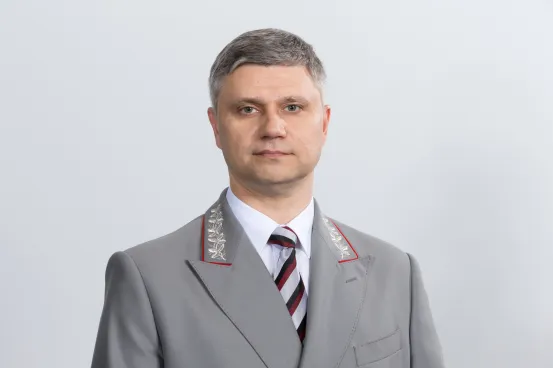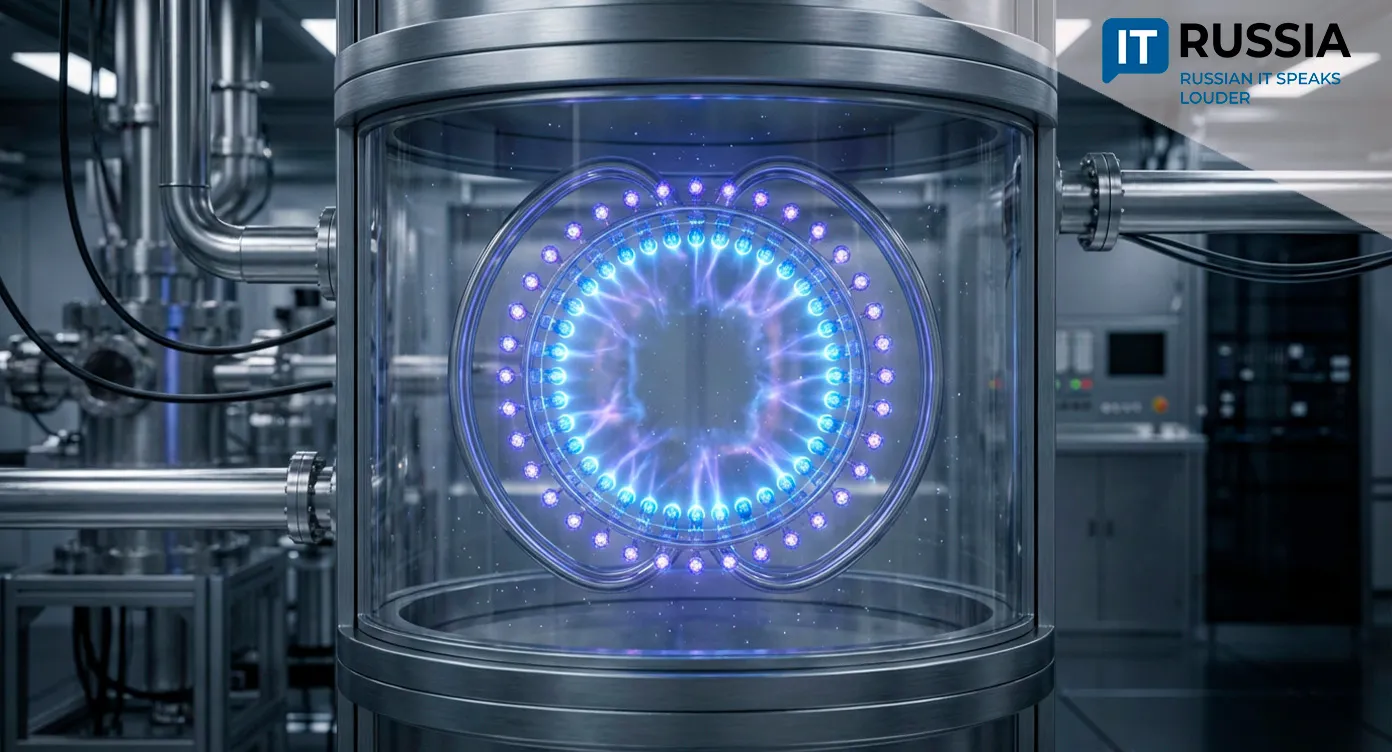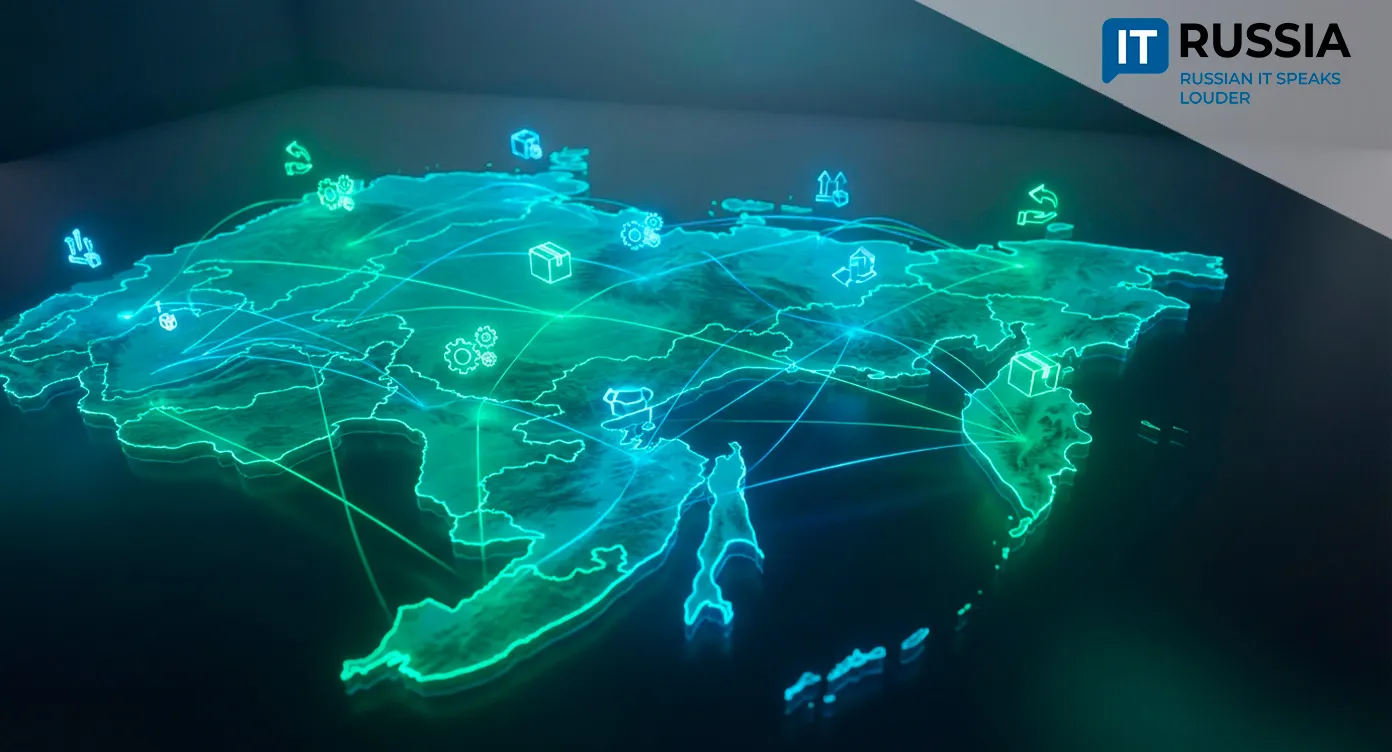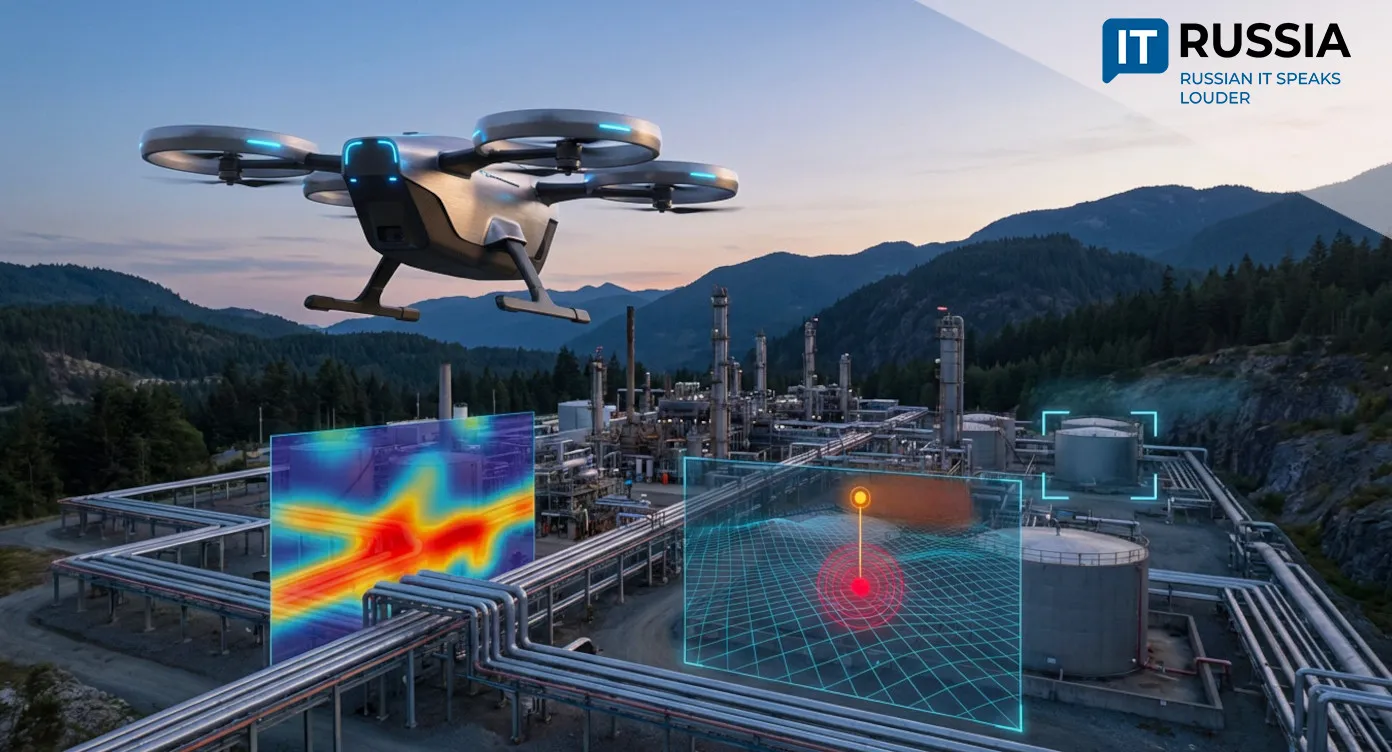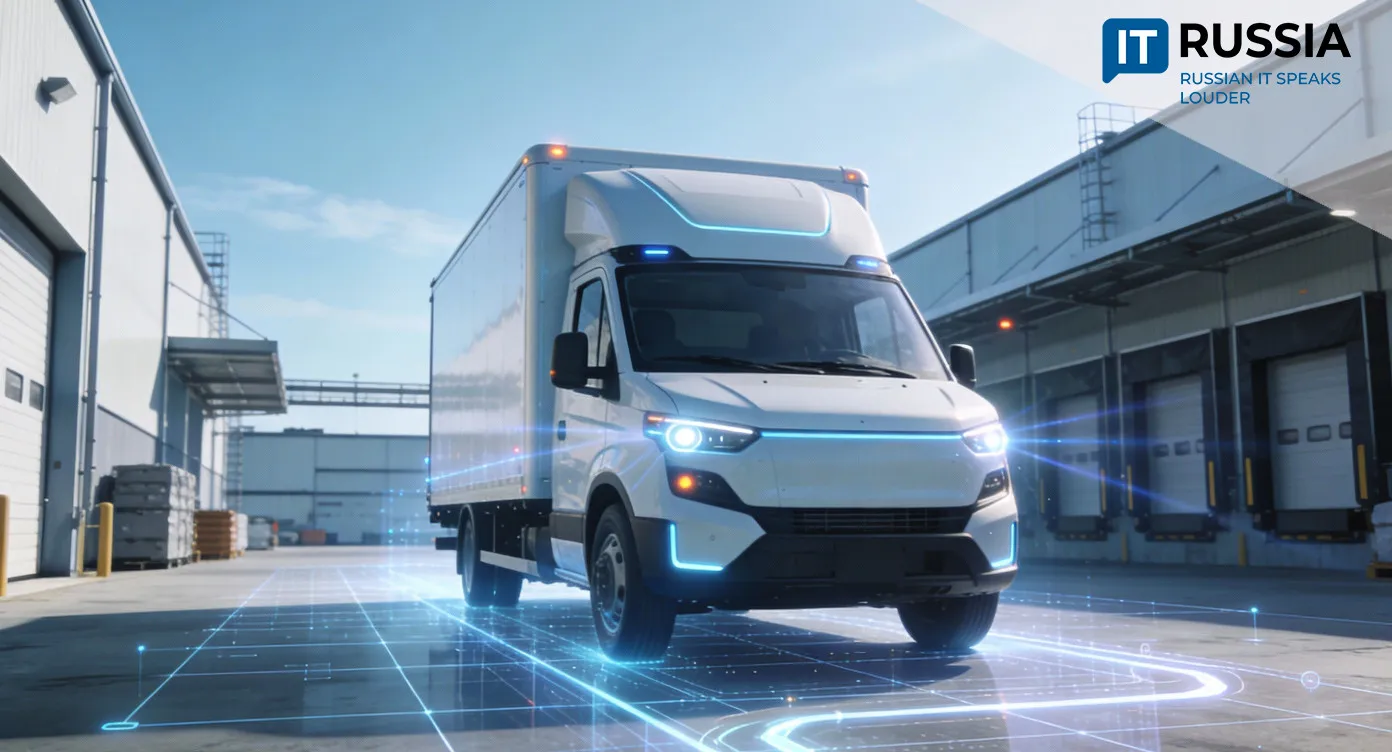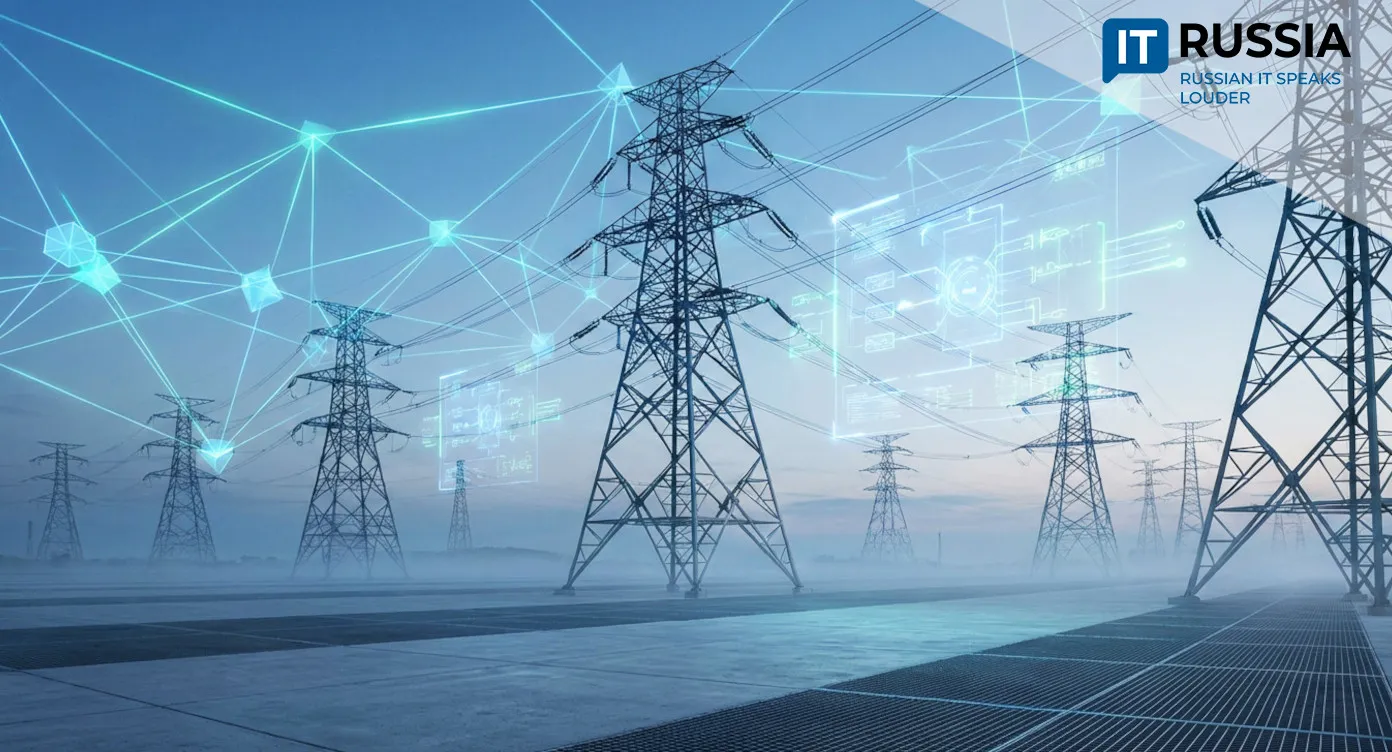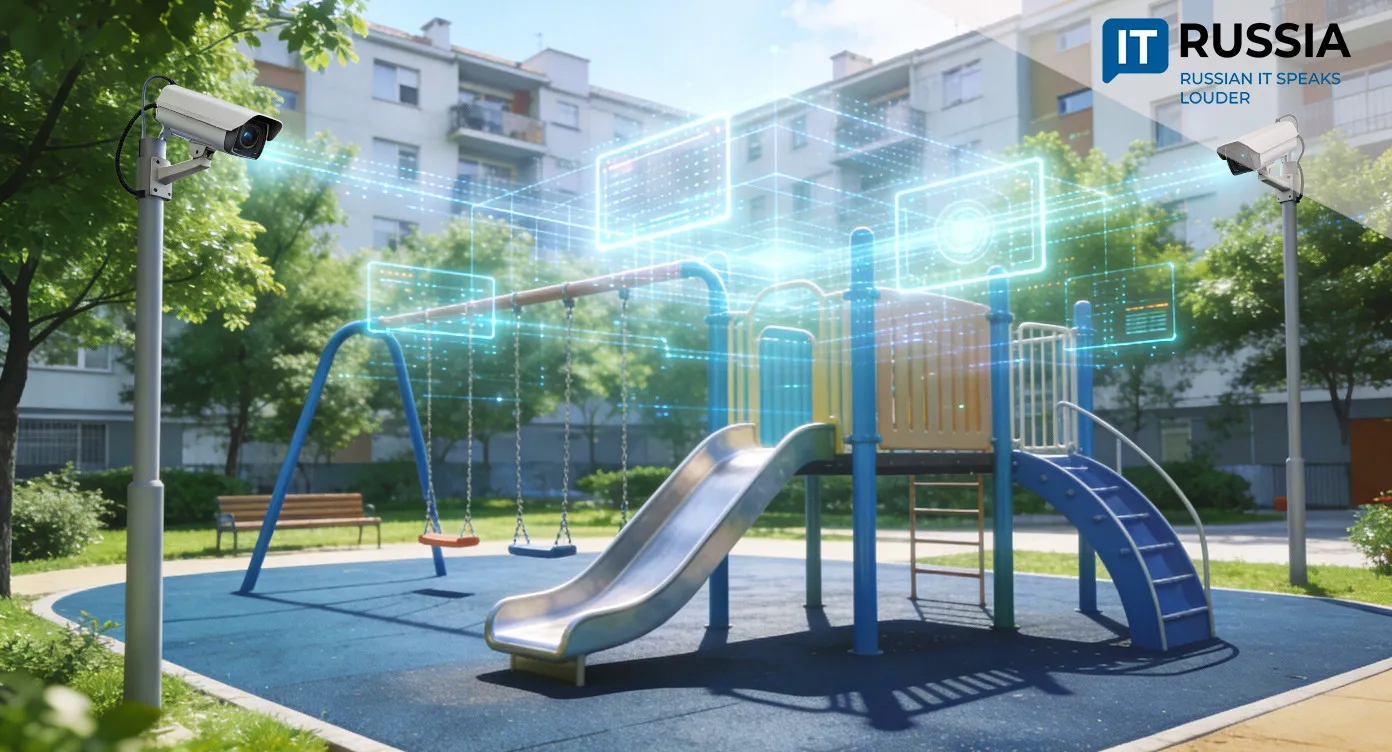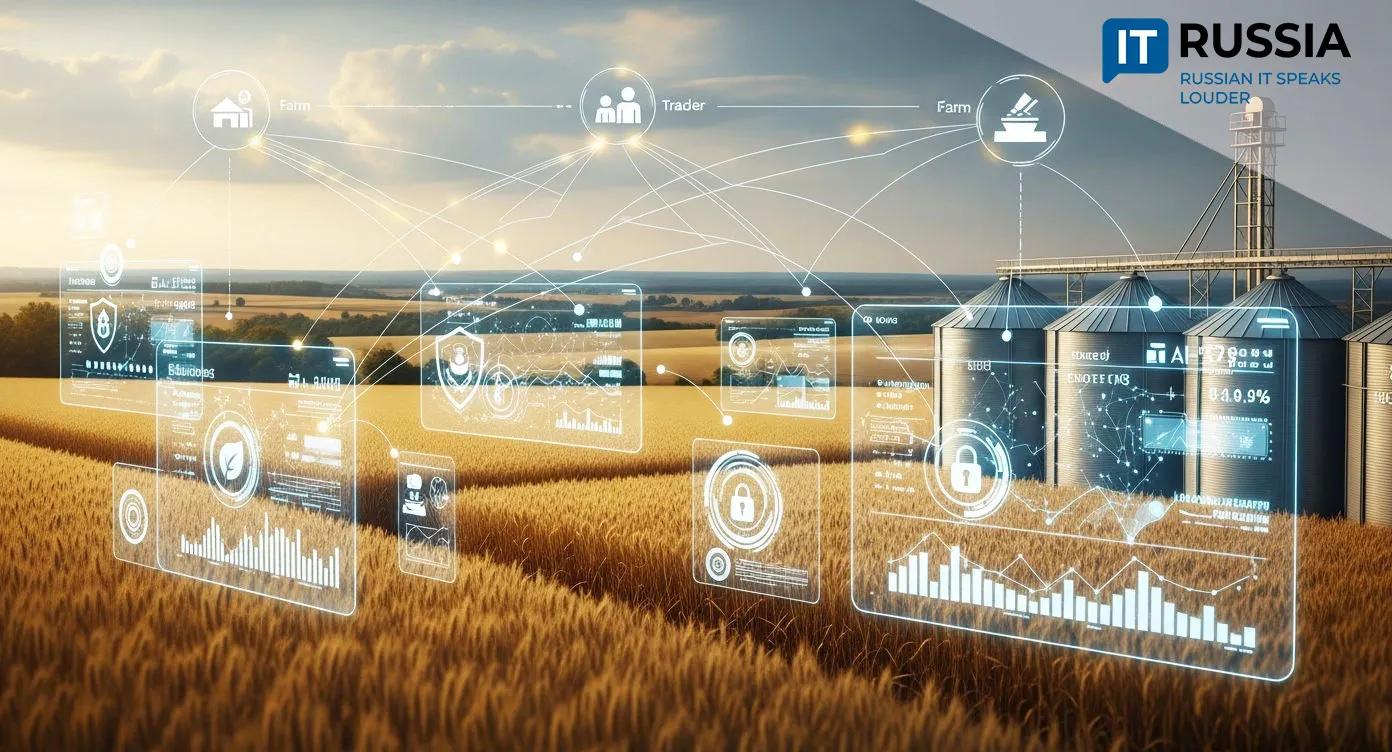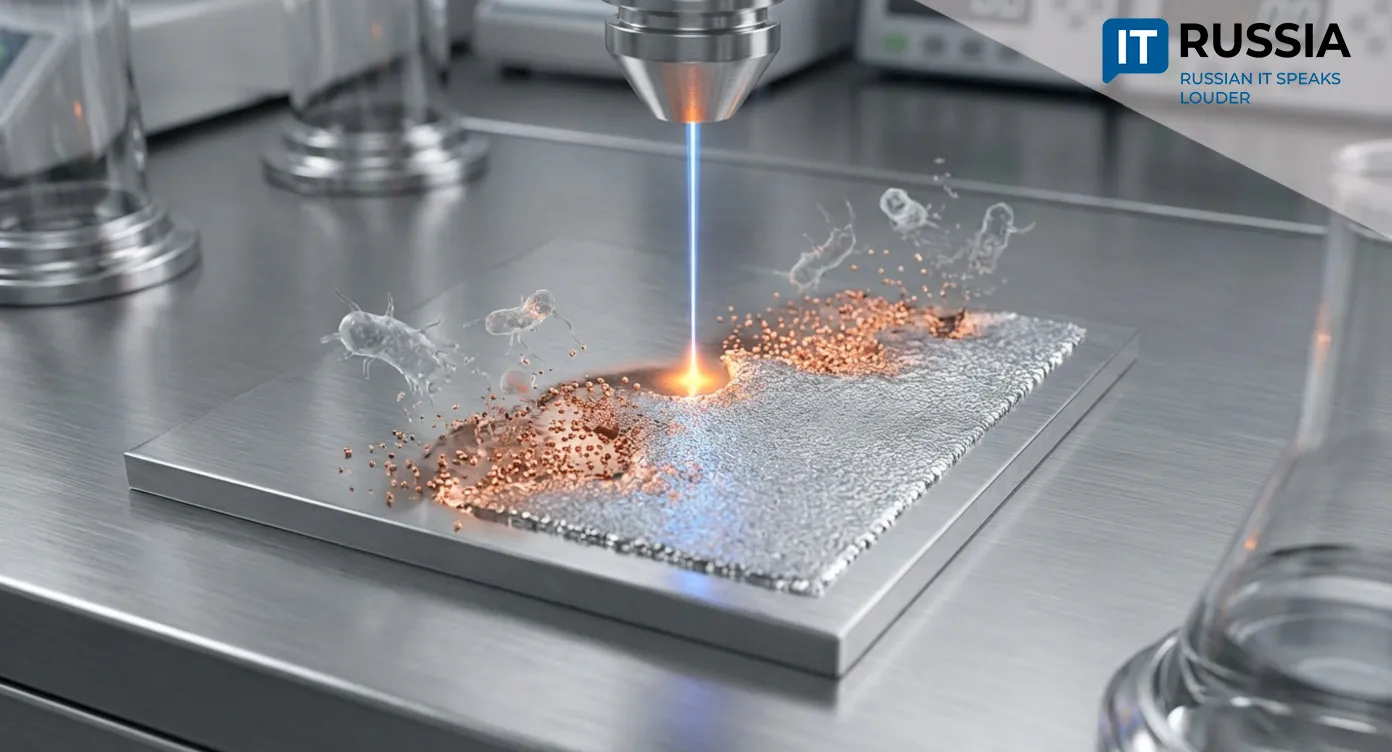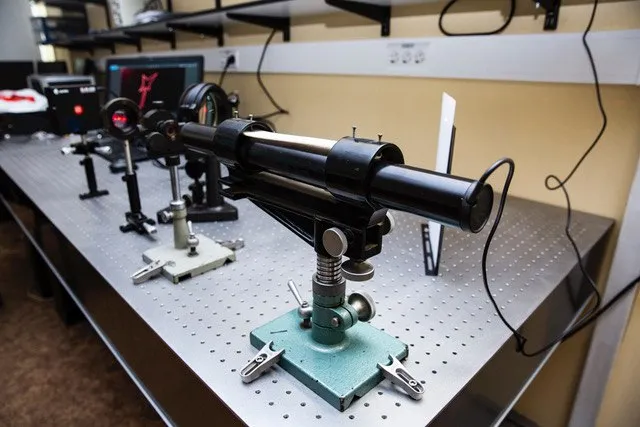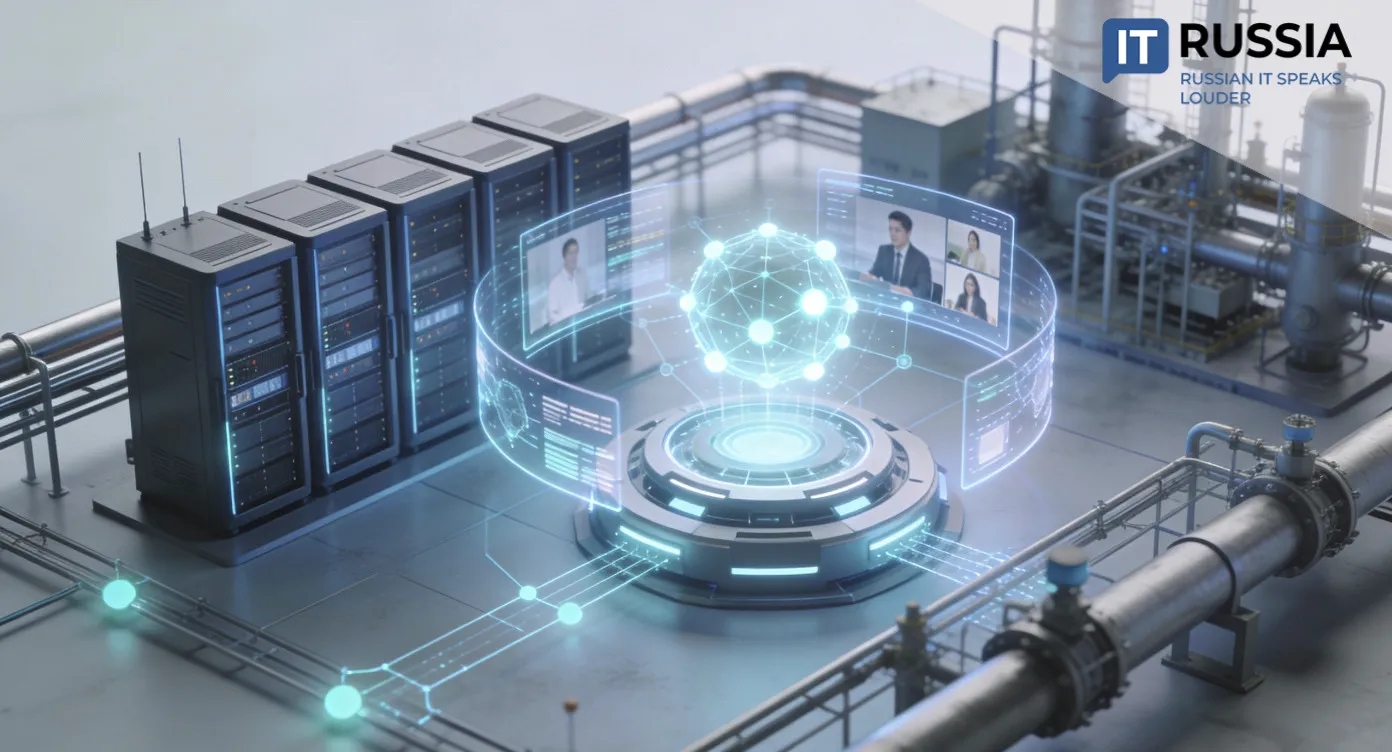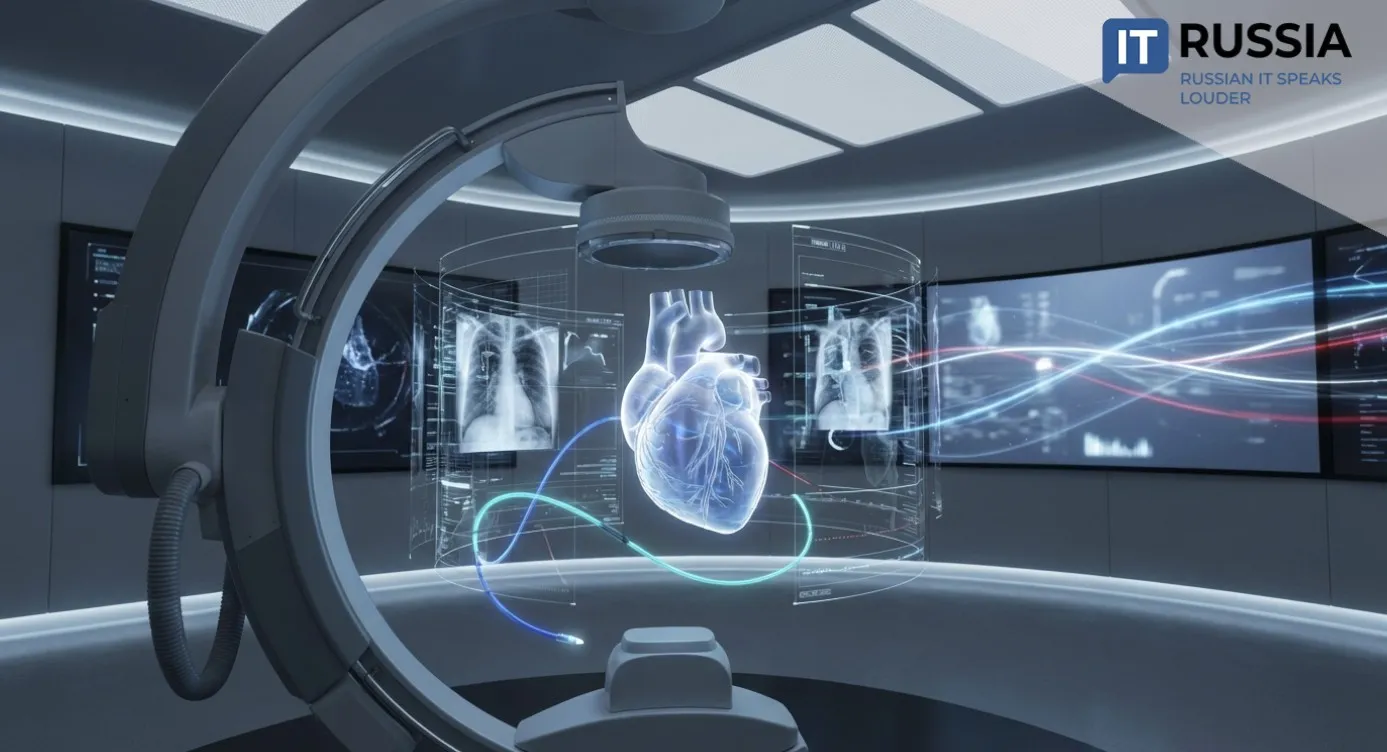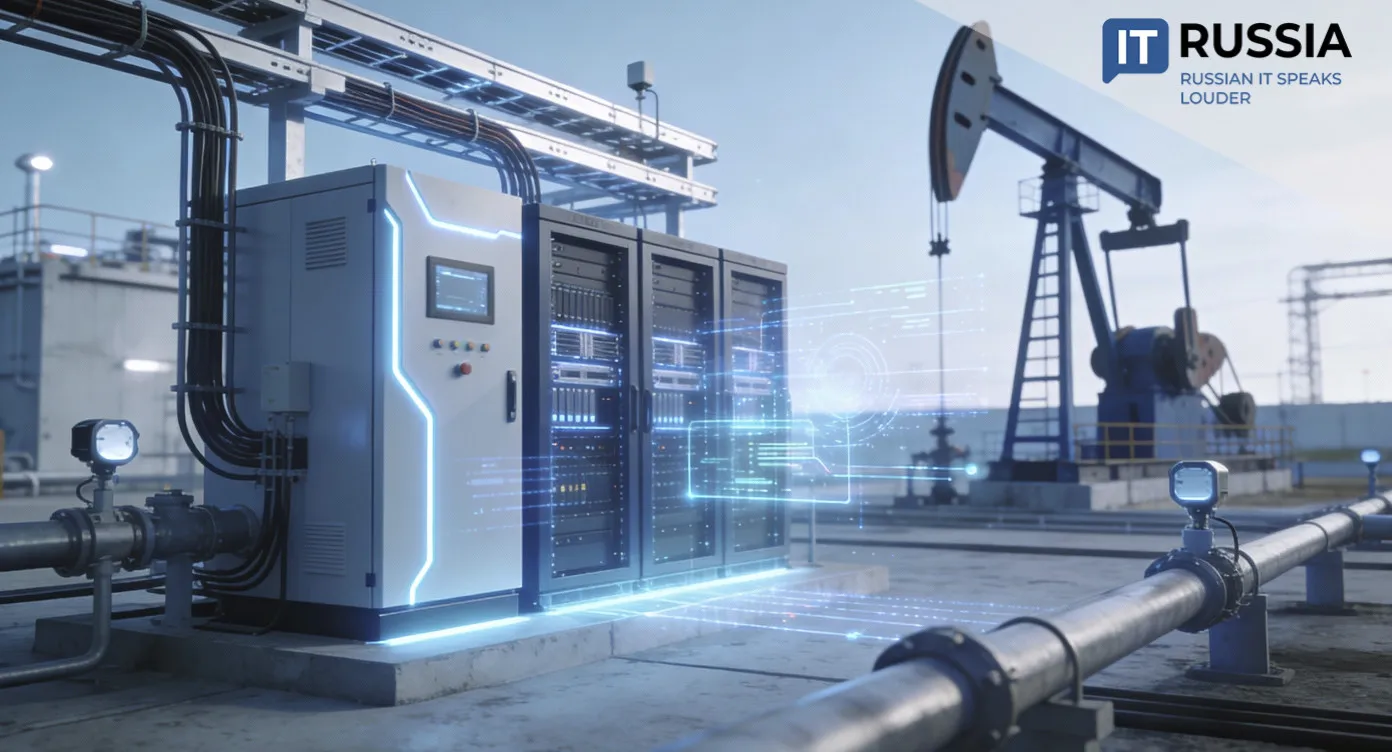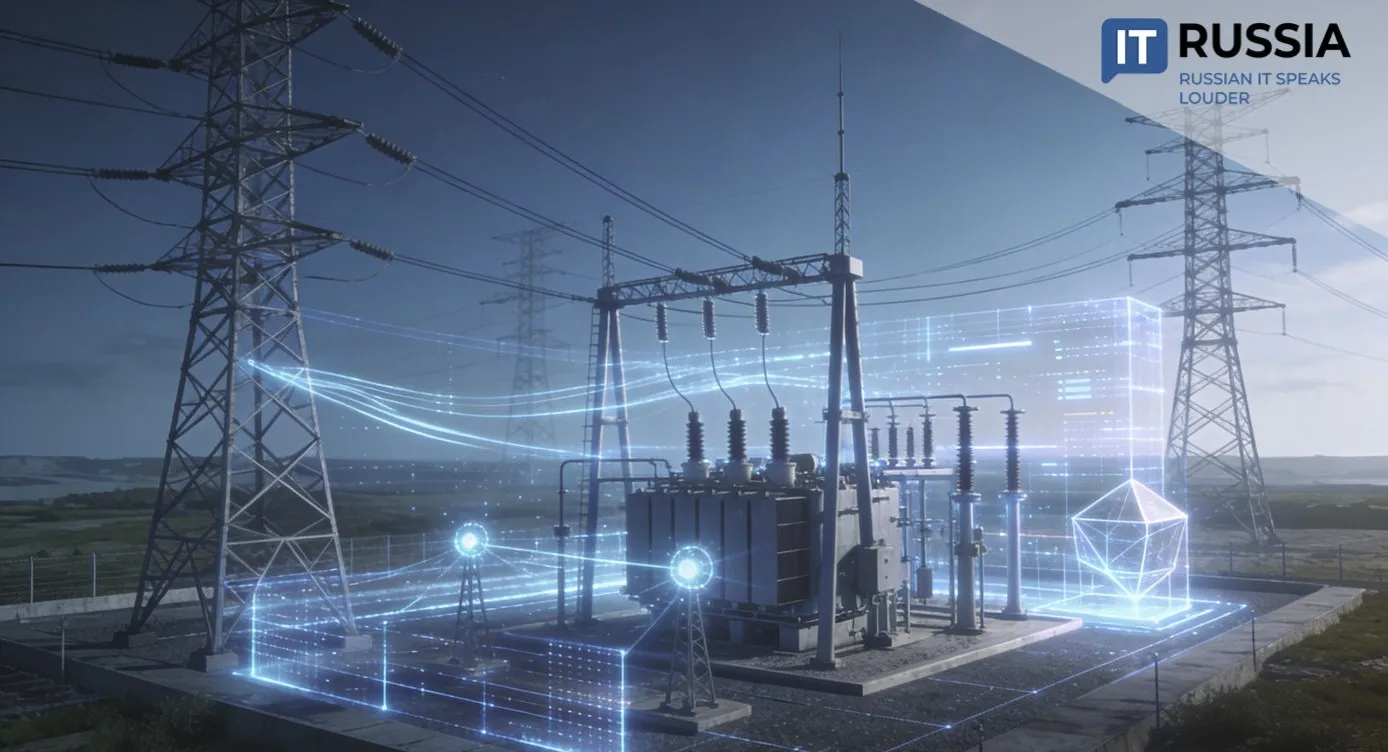Smart Rail Technology: Russia’s A650 Robot Ushers in a New Era of Track Maintenance
Russia’s rail industry is taking a major step toward automation and independence. At the ‘Made in Russia’ forum, engineers from the Kirov-based company Profi Group unveiled the A650 — a fully robotic machine for automated railway tamping, leveling, and alignment, designed to boost efficiency and safety across the country’s railways.
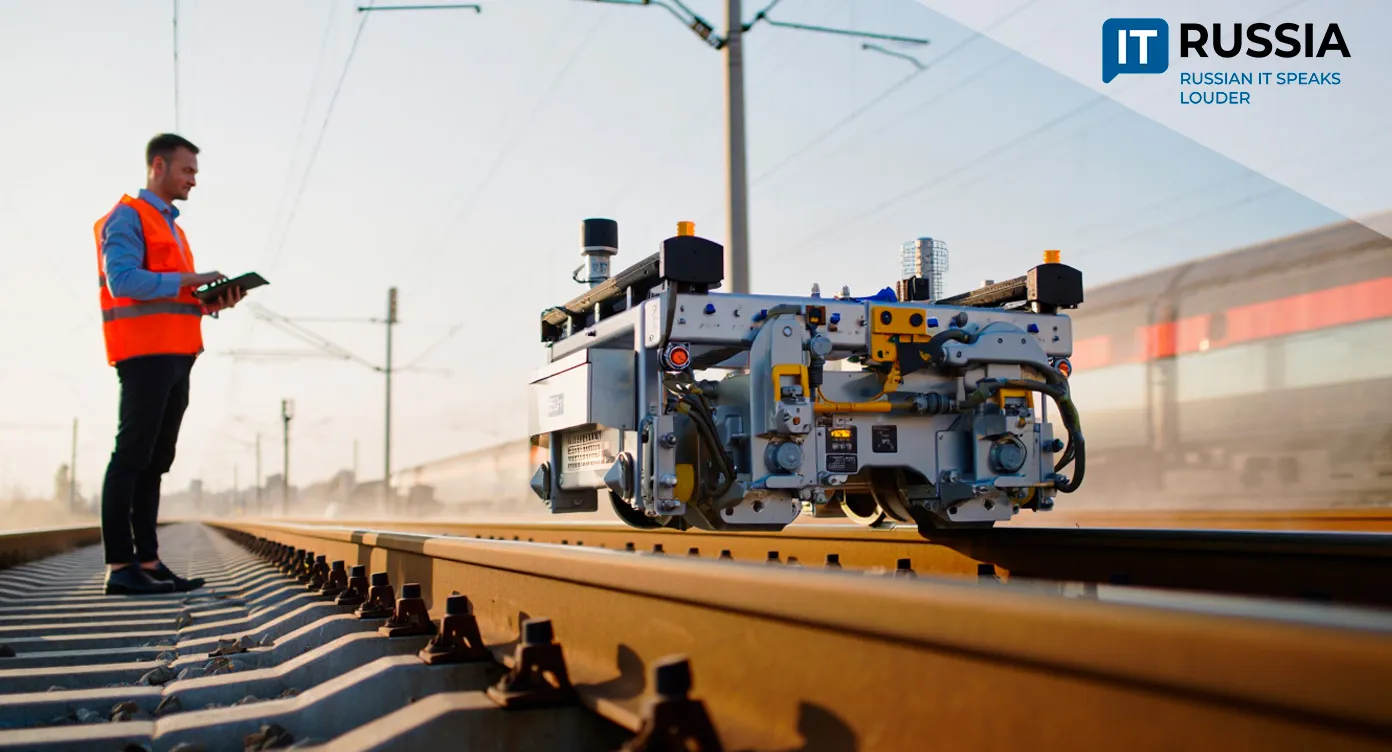
AI on the Rails
The A650 represents a major innovation in Russian railway maintenance. Developed with 90 percent domestic components, the unmanned machine can operate both on rail tracks and off-road terrain, enhancing its mobility and versatility. Powered by artificial intelligence, it navigates autonomously at speeds of up to 6 mph (10 km/h) on rails and 1.9 mph (3 km/h) on crawler tracks.
The robot’s introduction demonstrates that Russian engineers can design complex autonomous systems integrating AI, navigation, and remote-control technologies. It marks a milestone in Russia’s pursuit of technological sovereignty within the transportation and infrastructure sectors.
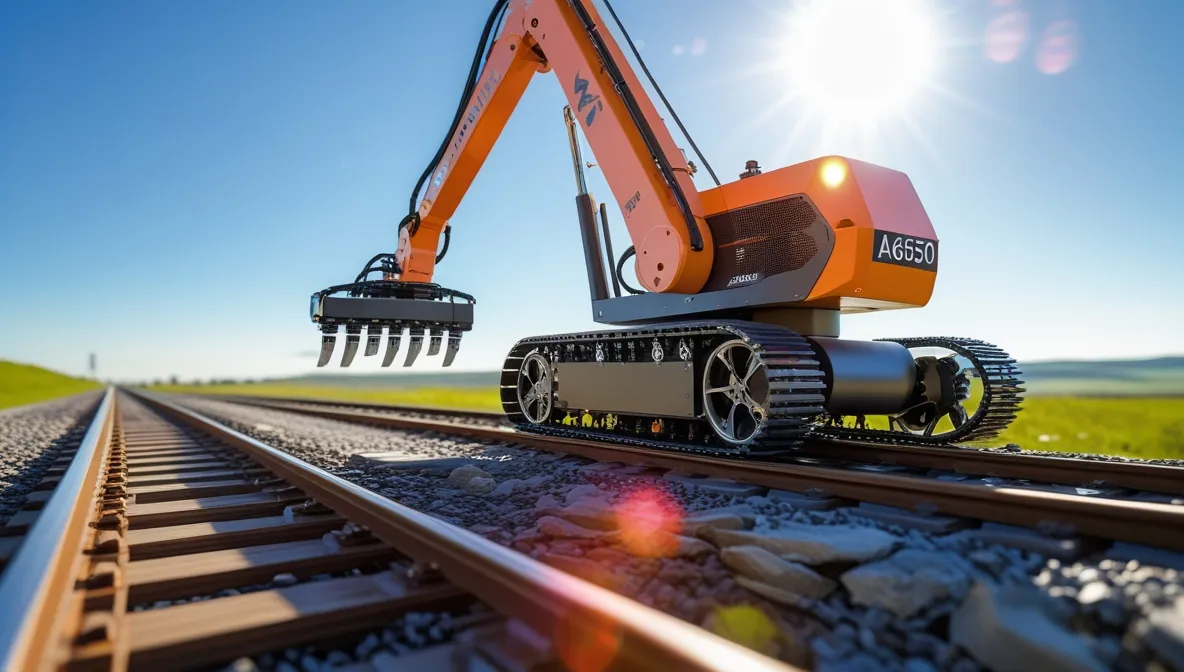
Safer, Faster, Smarter
The A650’s presentation at a national forum signals that the Kirov project has moved onto the federal stage — and is now considered part of Russia’s broader import substitution and digital transformation strategy for critical infrastructure.
For Kirov and the wider region, the project boosts industrial potential, helping transition from traditional manufacturing to high-tech innovation. By integrating with federal transport digitalization programs and drawing attention from key partners like Russian Railways (RZD), the A650 could become a catalyst for growth across the domestic rail tech industry.
For the public, this innovation translates into more reliable and safer railway operations. Robotic tamping machines are more precise and consistent than human crews, particularly in poor visibility or harsh weather. They reduce human error, shorten repair times, and minimize accident risks — while optimizing maintenance costs and freeing up RZD’s resources for further infrastructure upgrades.
The introduction of such systems also creates high-tech jobs in design, programming, maintenance, and operational control — demonstrating how automation can strengthen both economic productivity and workforce development.
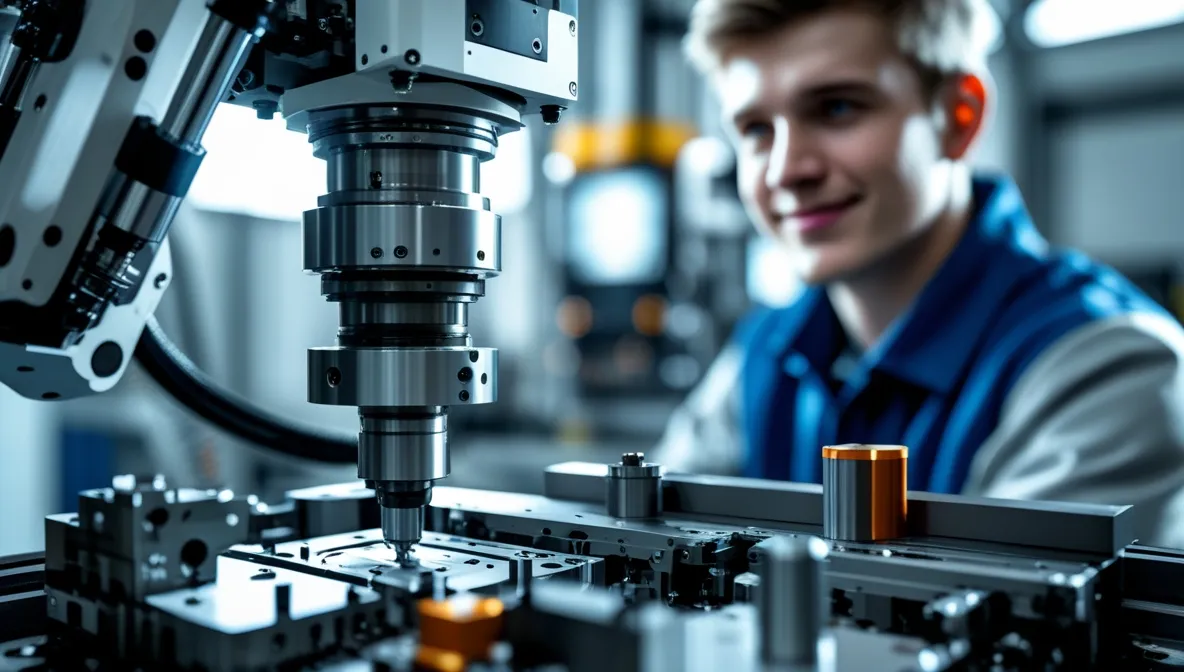
A Response to Global Trends
Globally, rail automation has long been a hallmark of developed transport networks. In Europe and North America, robotic track machines have been in use for decades. Companies such as Germany’s Plasser & Theurer provide automated tamping and alignment systems to Deutsche Bahn, while France’s SNCF uses similar equipment to maintain its TGV high-speed lines. In the United States, rail giants like Union Pacific and BNSF Railway deploy comparable solutions, as does Canadian National Railway.
These advanced systems deliver millimeter-level precision in track laying and maintenance, significantly improving safety and durability. If successful, Russia’s A650 could enter export markets — particularly in CIS countries, the Middle East, and Africa, where demand for affordable yet reliable rail automation is rapidly increasing.
The A650 has already attracted interest from Russian companies and international buyers in Italy, Australia, South Korea, and France — positioning Russia as a competitive player in global transportation technology innovation.
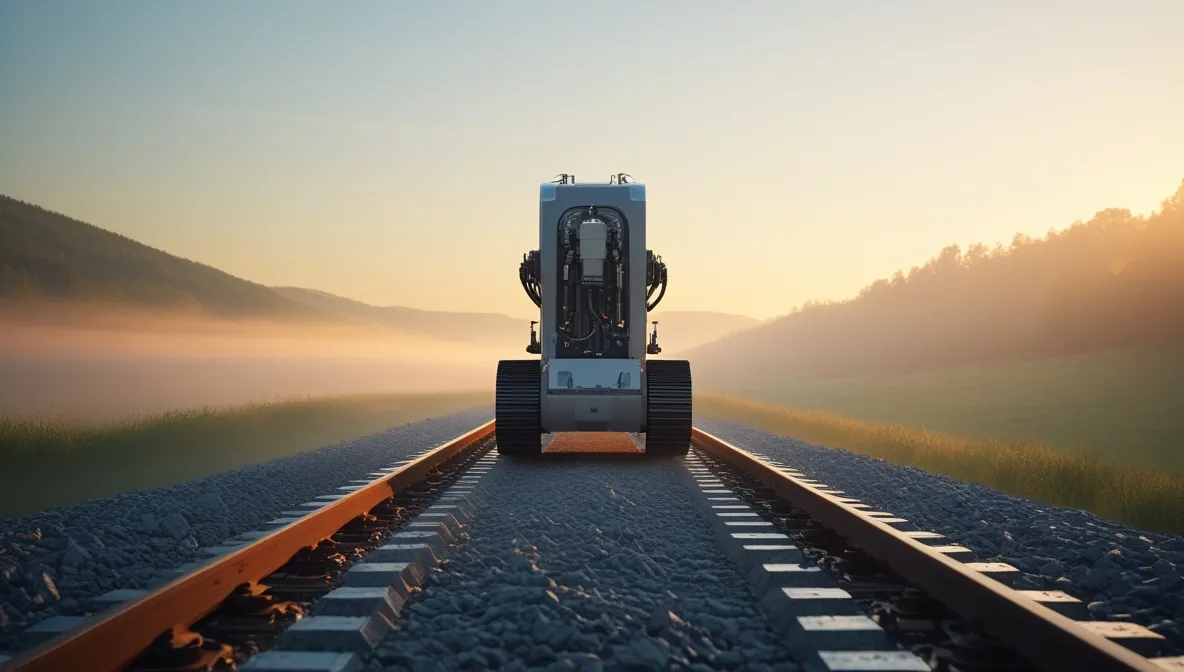
From Prototype to Deployment
Currently, the A650 exists as a prototype, but field testing is imminent. For large-scale adoption, the system must prove its technical performance and cost-efficiency through pilot projects.
Key factors for success include the localization of all components, state support through grants or national programs, and active collaboration with RZD for trials and rollout. Experts also foresee integration with ‘digital twin’ ecosystems — where IoT sensors and drones collect real-time rail data, feeding automated instructions directly to robotic maintenance units.
If testing confirms its reliability, the A650 could pave the way for robotic solutions in other industries such as road construction, mining, and pipeline maintenance. Its adoption would modernize Russia’s rail infrastructure, shorten maintenance cycles, and lower operational costs, setting a precedent for the automation of other critical infrastructure sectors.


